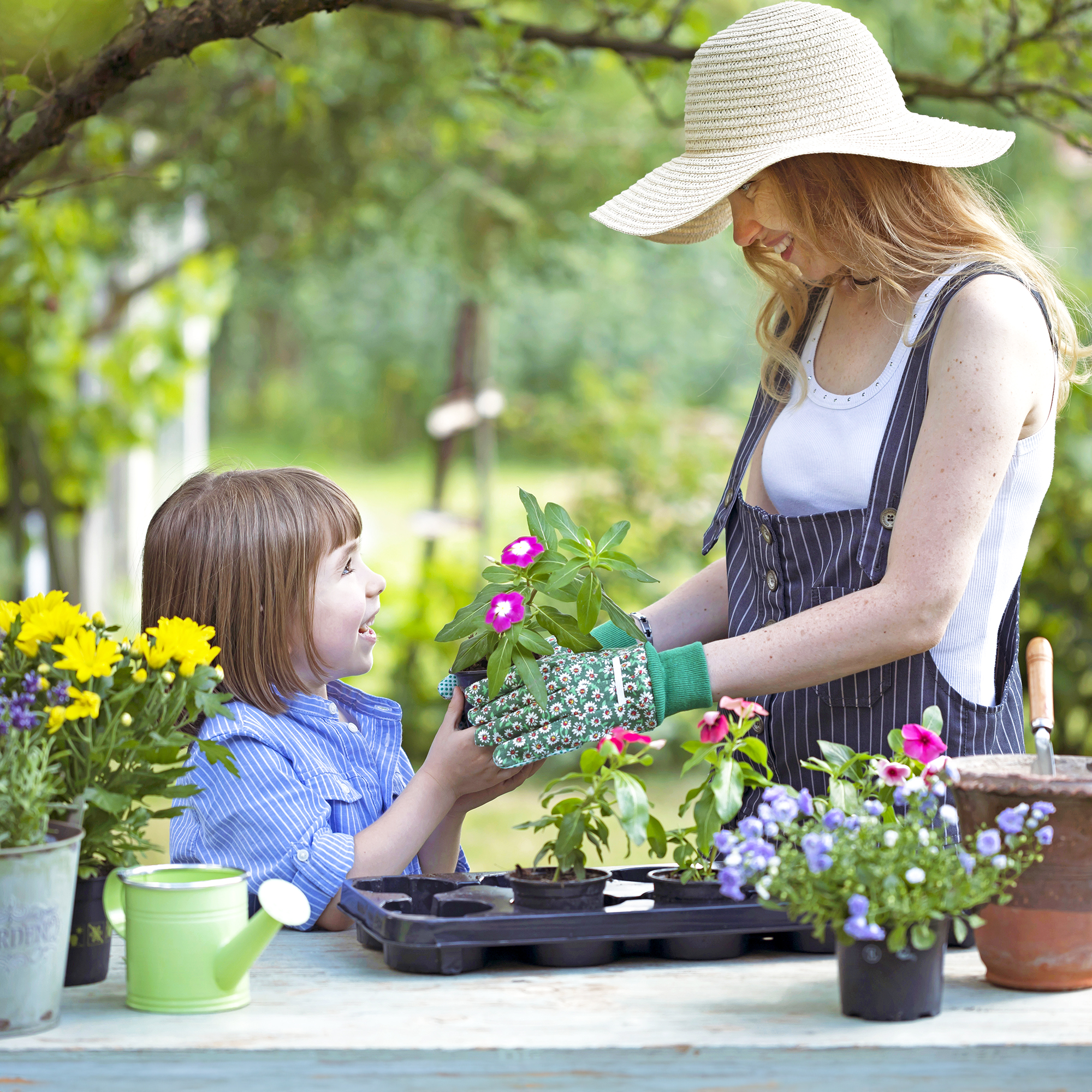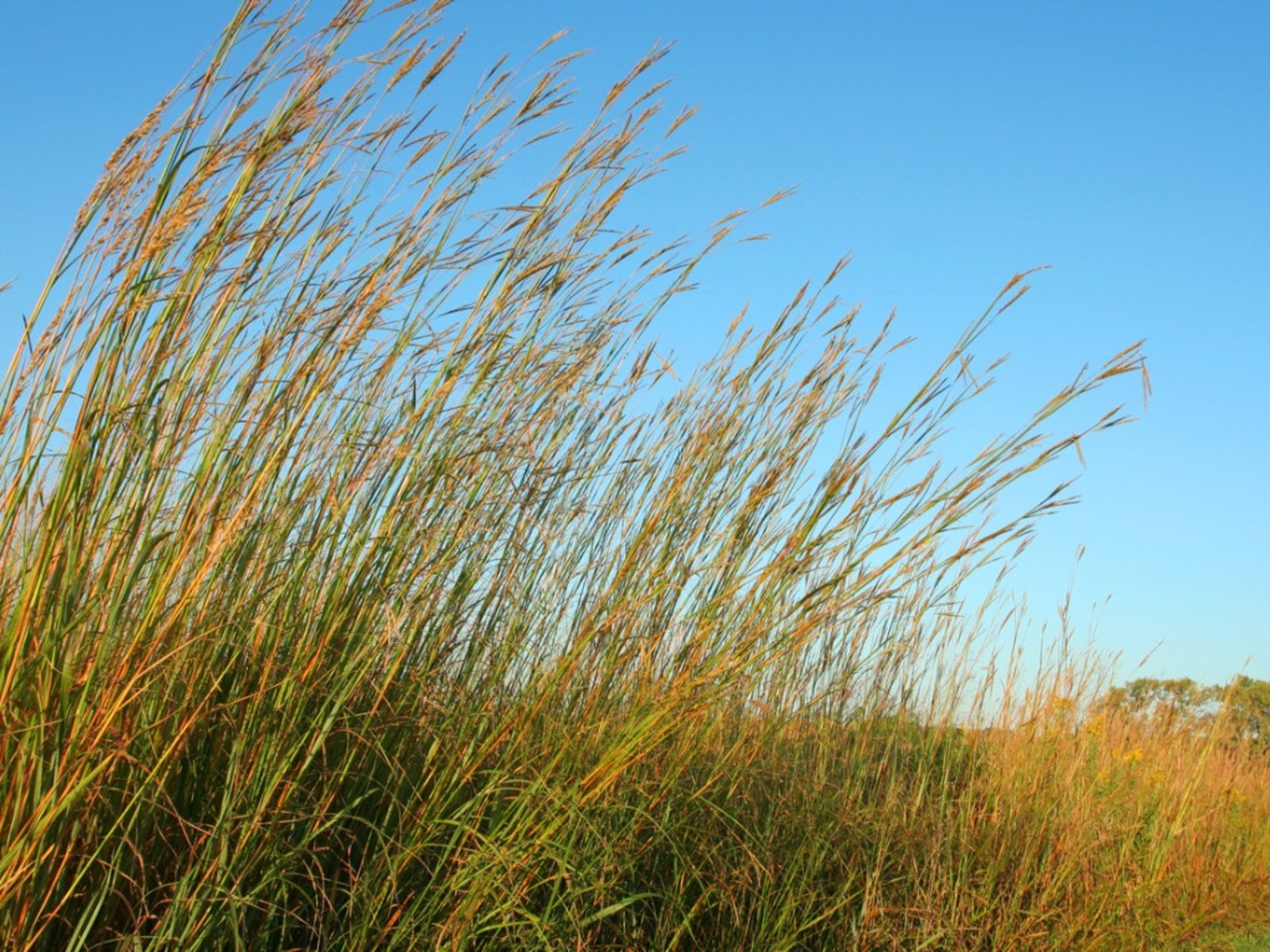Andropogon Blackhawks Info: How To Grow Blackhawks Ornamental Grass


What is Blackhawks grass (Andropogon gerardii ‘Blackhawks’)? It’s a variety of big bluestem prairie grass, which once grew across much of the Midwest – also known as “turkeyfoot grass,” thanks to the interesting shape of the deep burgundy or purple seed heads. Growing this particular cultivar isn’t difficult for gardeners in USDA plant hardiness zones 3 to 9, as this tough plant requires very little care. Read on to learn more.
Uses for Blackhawks Ornamental Grass
Blackhawks bluestem grass is appreciated for its stature and interesting blooms. The colorful foliage is gray or bluish green in spring, morphing to green with red tints in summer, and finally ending the season with deep purple or lavender-bronze leaves after the first frost in autumn.
This versatile ornamental grass is natural for prairie or meadow gardens, at the back of beds, in mass plantings, or any spot where you can appreciate its year-round color and beauty.
Andropogon Blackhawks grass can thrive in poor soil and is also a good stabilizer for erosion-prone areas.
Growing Blackhawks Grass
Blackhawks bluestem grass thrives in poor soil including clay, sand, or dry conditions. The tall grass grows quickly in rich soil but is likely to weaken and fall over as it gets taller.
Full sunlight is best for growing Blackhawks, although it will tolerate light shade. This ornamental grass is drought-tolerant once established, but appreciates occasional irrigation during hot, dry weather.
Fertilizer isn’t a requirement for growing Blackhawks grass, but you can provide a very light application of a slow-release fertilizer at planting time or if growth appears slow. Don’t overfeed Andropogon grass, as it may topple over in excessively fertile soil.
Gardening tips, videos, info and more delivered right to your inbox!
Sign up for the Gardening Know How newsletter today and receive a free copy of our e-book "How to Grow Delicious Tomatoes".
You can safely cut the plant back if it looks shaggy. This task should be done before midsummer so that you don’t inadvertently cut the developing flower clusters.

A Credentialed Garden Writer, Mary H. Dyer was with Gardening Know How in the very beginning, publishing articles as early as 2007.
-
 7 New & Improved Cultivars Of Old-Fashioned Plants – These Aren’t Your Grandma’s Plants!
7 New & Improved Cultivars Of Old-Fashioned Plants – These Aren’t Your Grandma’s Plants!Old is new again! These old-fashioned plants have new cultivars that are sure to thrive in your garden and bring the charm factor. Neighbors will be envious!
By Mary Ellen Ellis
-
 12 Mother’s Day Garden Gifts That Celebrate Moms Who Love To Grow
12 Mother’s Day Garden Gifts That Celebrate Moms Who Love To GrowAll Moms deserve to feel special on Mother’s Day, so treat her to a thoughtful gardening gift that helps her get the most out of her hobby.
By Melanie Griffiths
